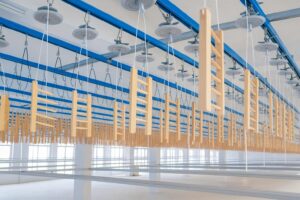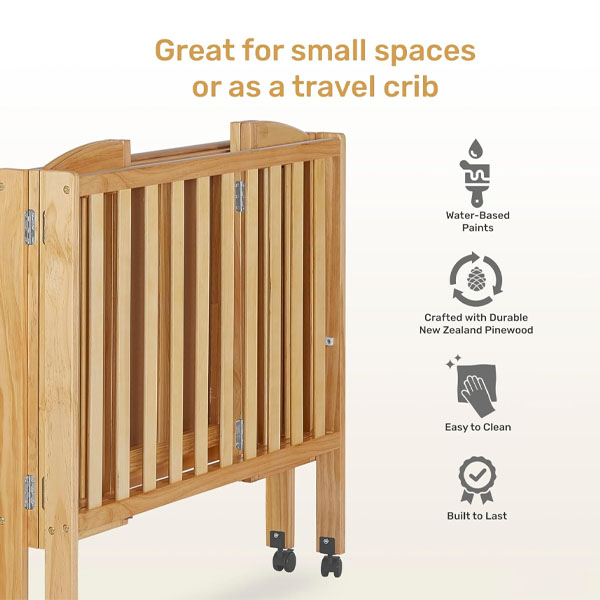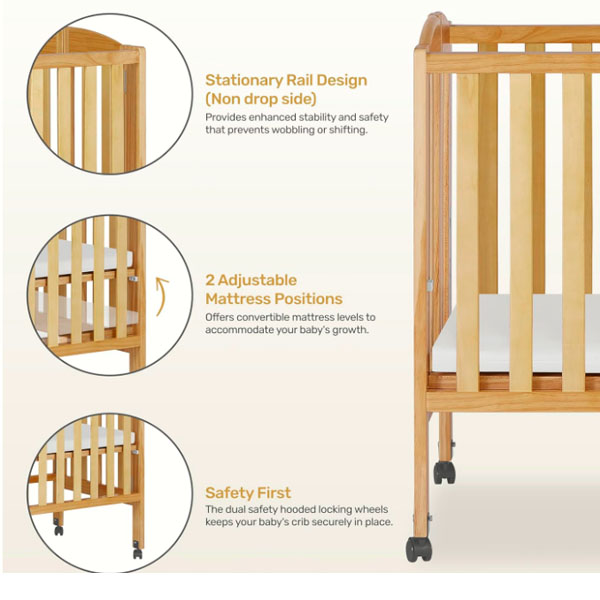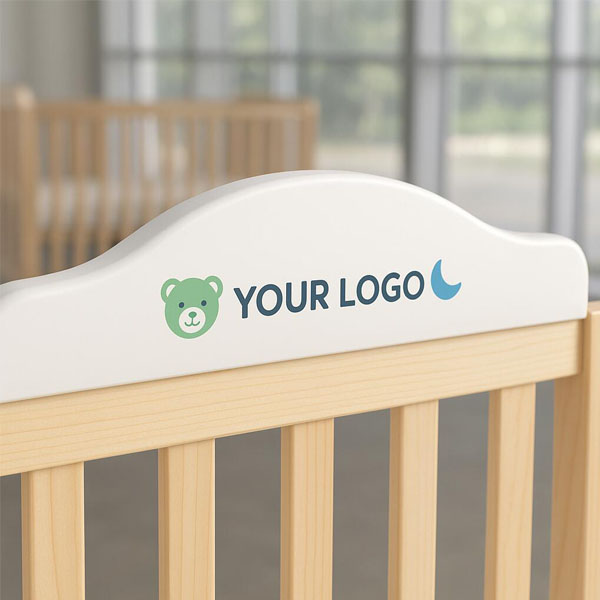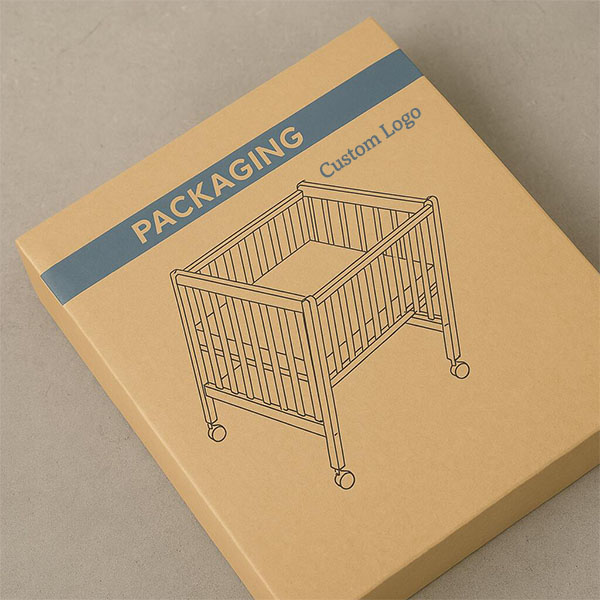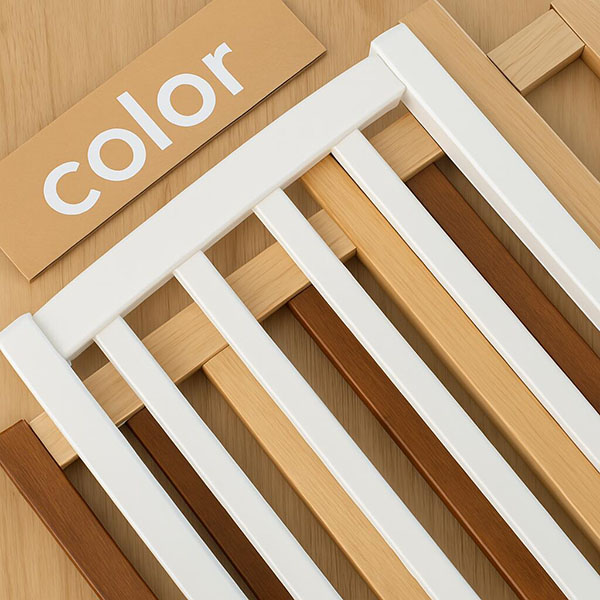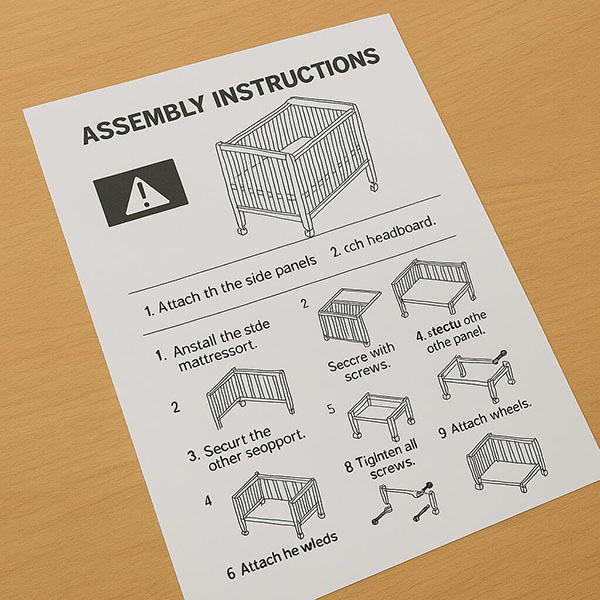What are the best ways to develop healthy sleeping habits for babies aged 0–1?
New parents often struggle with one big question: “How can I get my baby to sleep better?”
To build good sleep habits in babies aged 0–1, focus on consistency, calming routines, safe sleep environments, and age-appropriate schedules. Sleep takes time—but patterns can be shaped early.
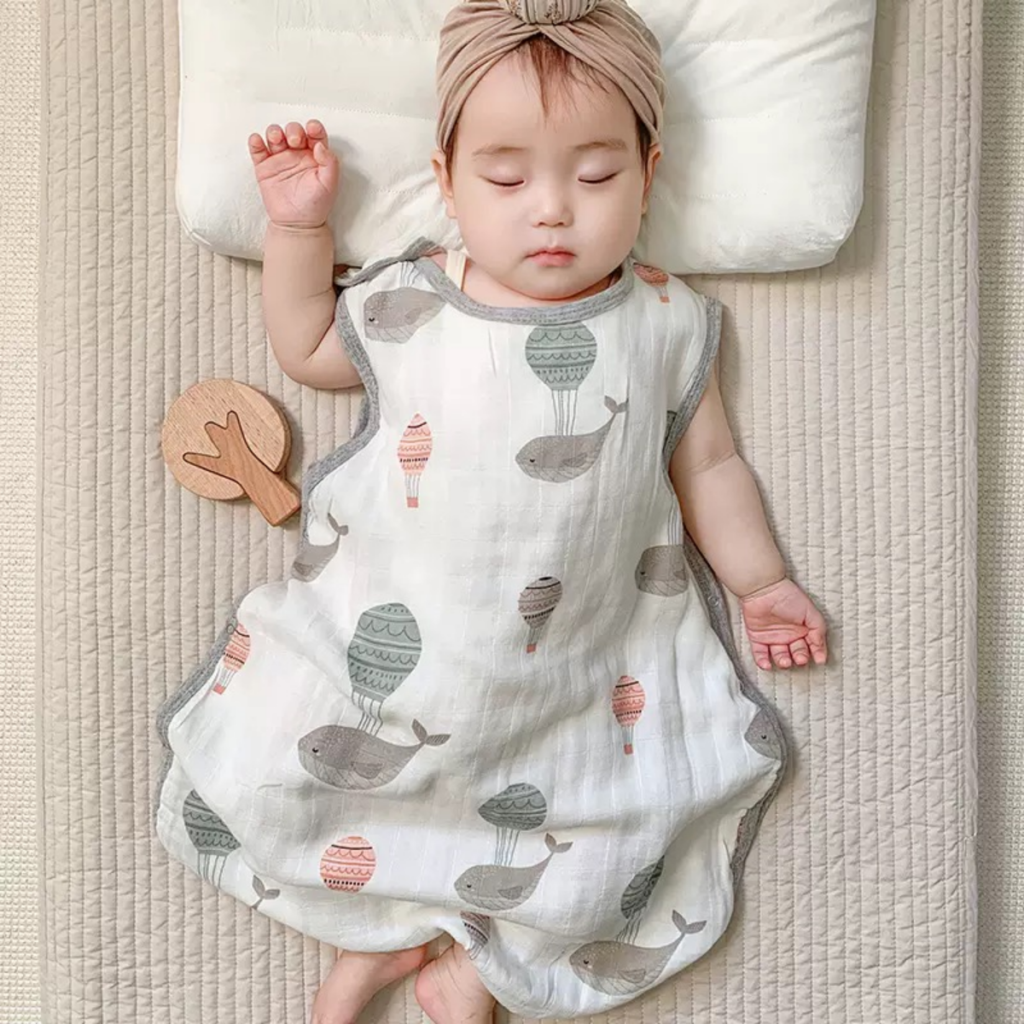
Babies won’t sleep through the night right away—but you can start teaching healthy habits from the start. Here’s how to build a solid sleep foundation during the first year.
What does healthy sleep look like for babies 0–1?
Knowing what’s “normal” makes it easier to spot sleep problems—or avoid them.
Healthy baby sleep includes regular naps, age-appropriate total sleep hours, and independent sleep in a safe crib or bassinet.
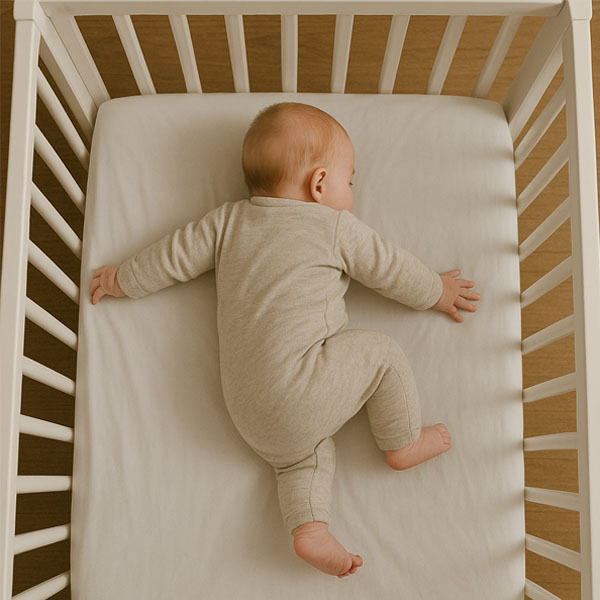
Sleep needs by age
| Baby Age | Total Sleep (24h) | Naps/day | Night Sleep |
|---|---|---|---|
| 0–3 months | 14–17 hours | 4–6 | 8–9 hours |
| 4–6 months | 12–15 hours | 3–4 | 9–10 hours |
| 6–12 months | 12–14 hours | 2–3 | 10–12 hours |
At every stage, some babies need more sleep and some need less—but the key is consistency and making sure sleep happens at regular times in safe conditions.
How can I build a sleep routine for my baby?
A predictable routine helps your baby know what to expect—and sleep comes easier.
Create a simple bedtime routine with calming steps like feeding, bath, and lullabies. Stick to the same time and order every night.
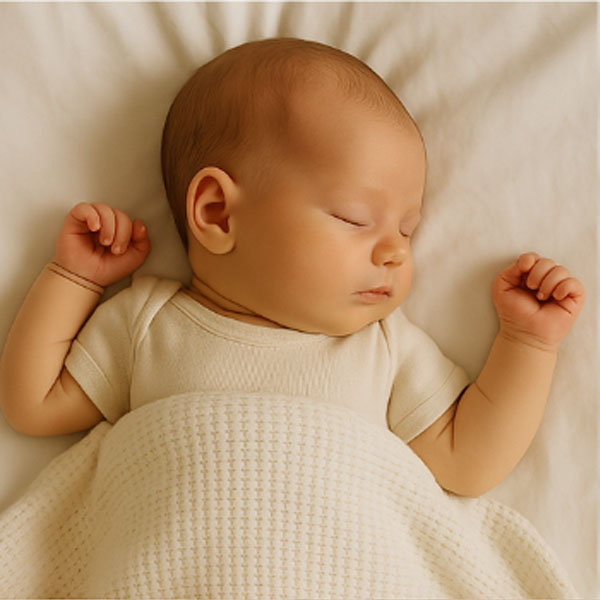
Sample bedtime routine (0–12 months)
- Warm bath
- Gentle baby massage
- Quiet feeding or bottle
- Lullaby or white noise
- Dim lights and soft voice
- Into crib while drowsy but awake
We started bedtime at 7 p.m. and kept the routine under 30 minutes. Within weeks, she started yawning right after the bath—like clockwork.
Routines don’t need to be complicated. The consistency of order and timing is what teaches your baby to expect sleep.
Should I sleep train my baby—and when?
This depends on your parenting style and your baby’s development.
Sleep training can begin around 4–6 months when babies can self-soothe. Gentle methods like timed checks or no-tears routines are most common.

Common sleep training approaches
| Method | Description | Best Age |
|---|---|---|
| Ferber/Check-In | Let baby fuss briefly, then check | 5–6 months+ |
| No-tears | Gradual fade-out of parent help | 4–6 months+ |
| Chair method | Stay nearby but reduce contact nightly | 6 months+ |
We used the check-in method around 5 months. It wasn’t perfect, but within a week, she started falling asleep on her own.
Whatever you choose—consistency is key. Avoid trying different approaches every few days.
What environment helps babies sleep better?
Where your baby sleeps affects how well they sleep.
Babies sleep best in a cool, dark, quiet room with a firm mattress, fitted sheet, and no loose bedding. White noise can also help.

Safe sleep setup
- Use a firm mattress in a JPMA-certified crib
- Keep the crib clear (no pillows, bumpers, or blankets)
- Room-share for at least the first 6 months (recommended by AAP)
- Maintain temperature around 20°C (68–72°F)
We added blackout curtains and a simple white noise machine at 2 months. It cut down wake-ups by half. Light and sound really do make a difference.
What if my baby still struggles to sleep?
Even with routines and safe sleep setups, some babies resist sleep.
If your baby has frequent wakeups, try adjusting bedtime, watching wake windows, and reducing stimulation before sleep.
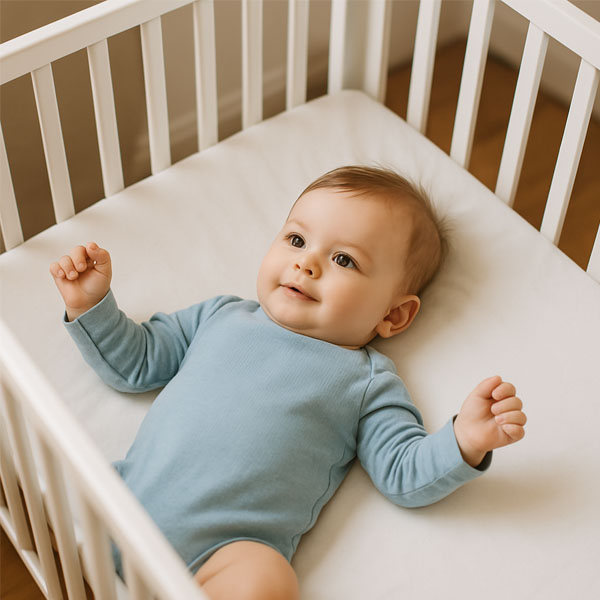
Tips to troubleshoot common sleep issues
- Short naps? Try longer wake windows before sleep
- Frequent night wakings? Rule out hunger, teething, or over/under-tiredness
- Won’t fall asleep alone? Gradually reduce your presence during bedtime
If sleep problems persist beyond 12 months or seem extreme, talk to your pediatrician. Sometimes reflux, allergies, or other medical issues play a role.
Can nursery furniture impact baby sleep?
Yes—comfort and layout make a big difference in sleep quality.
Safe, cozy furniture like firm mattresses, stable cribs, and calm colors can support restful sleep from birth onward.
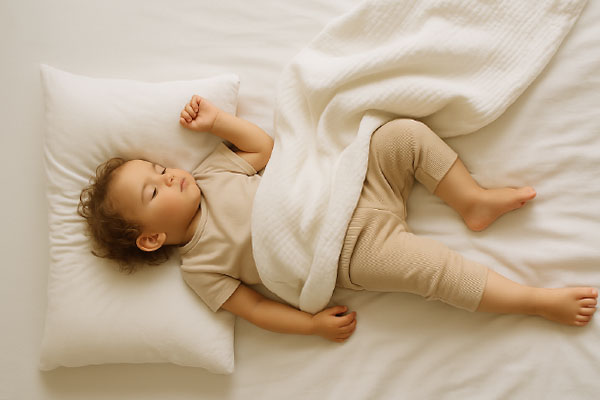
Craftsliving: Cribs that support better baby sleep
About Craftsliving
At Craftsliving, we design and manufacture custom baby cribs and nursery furniture that meet top safety standards. We offer:
- Firm, certified crib mattresses
- Custom-fit cribs and nursery sets
- Non-toxic finishes for healthy sleep
- Wholesale and factory-direct pricing
A safe and comfortable crib isn’t just about style—it’s your baby’s first sleep environment. Craftsliving builds products designed to help your little one rest deeply and safely from day one.
We used a Craftsliving crib with an adjustable mattress base and soft edges. It was secure, cozy, and fit perfectly with our bedtime routine.
Conclusion
Help your baby develop strong sleep habits by creating routines, adjusting schedules, and making sleep a safe, soothing experience.
From calming routines to the right crib setup, good sleep habits start early—and brands like Craftsliving can help support better rest every night.

